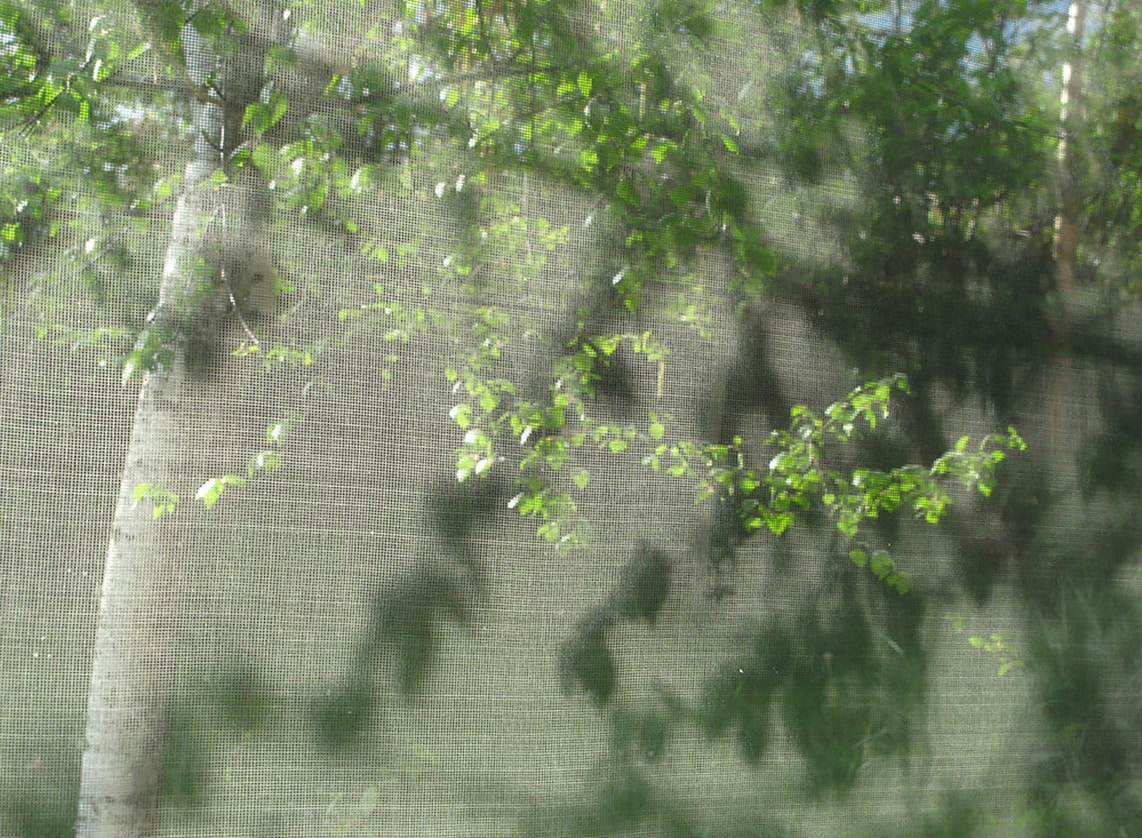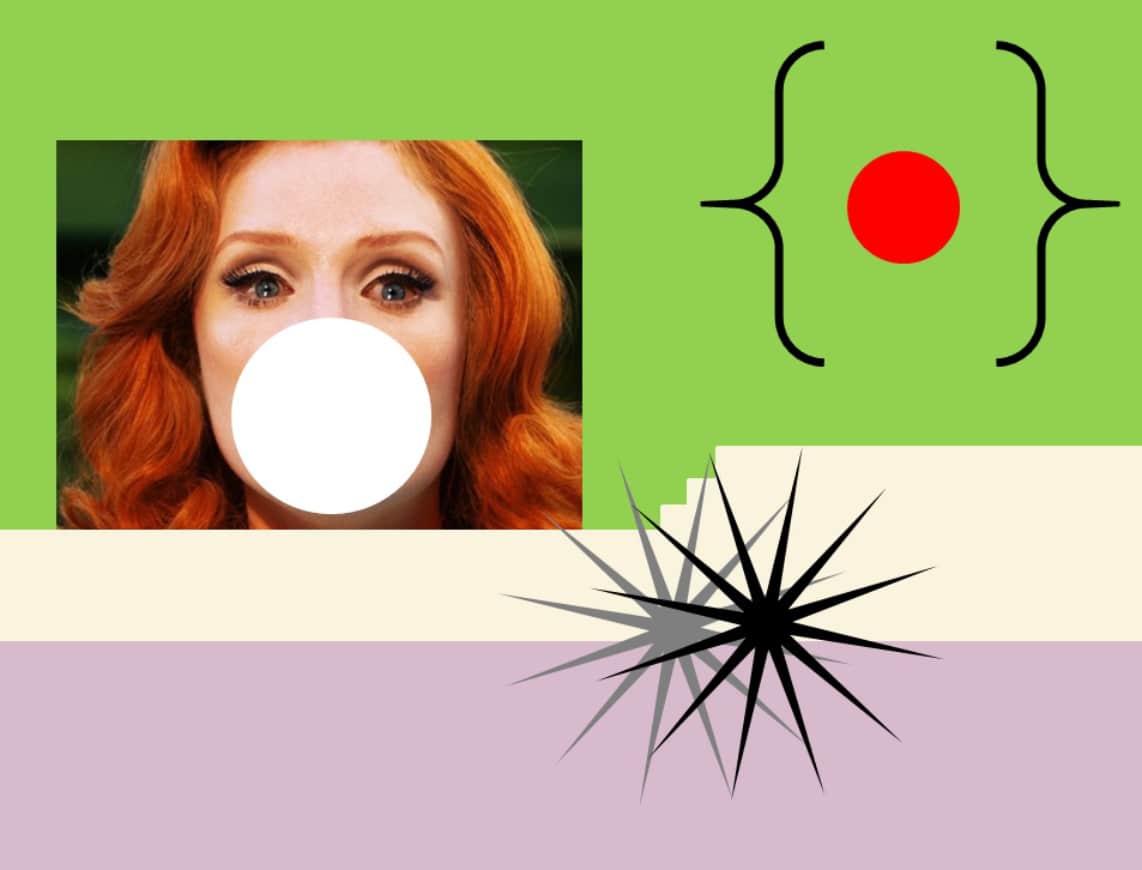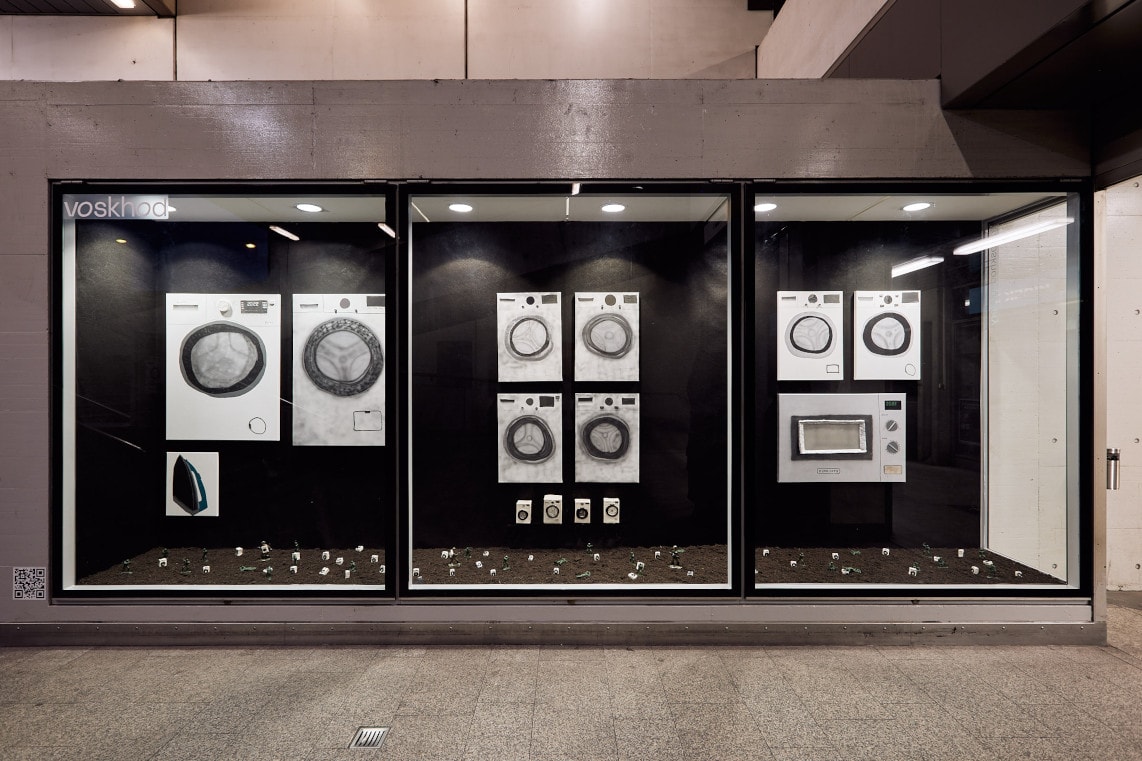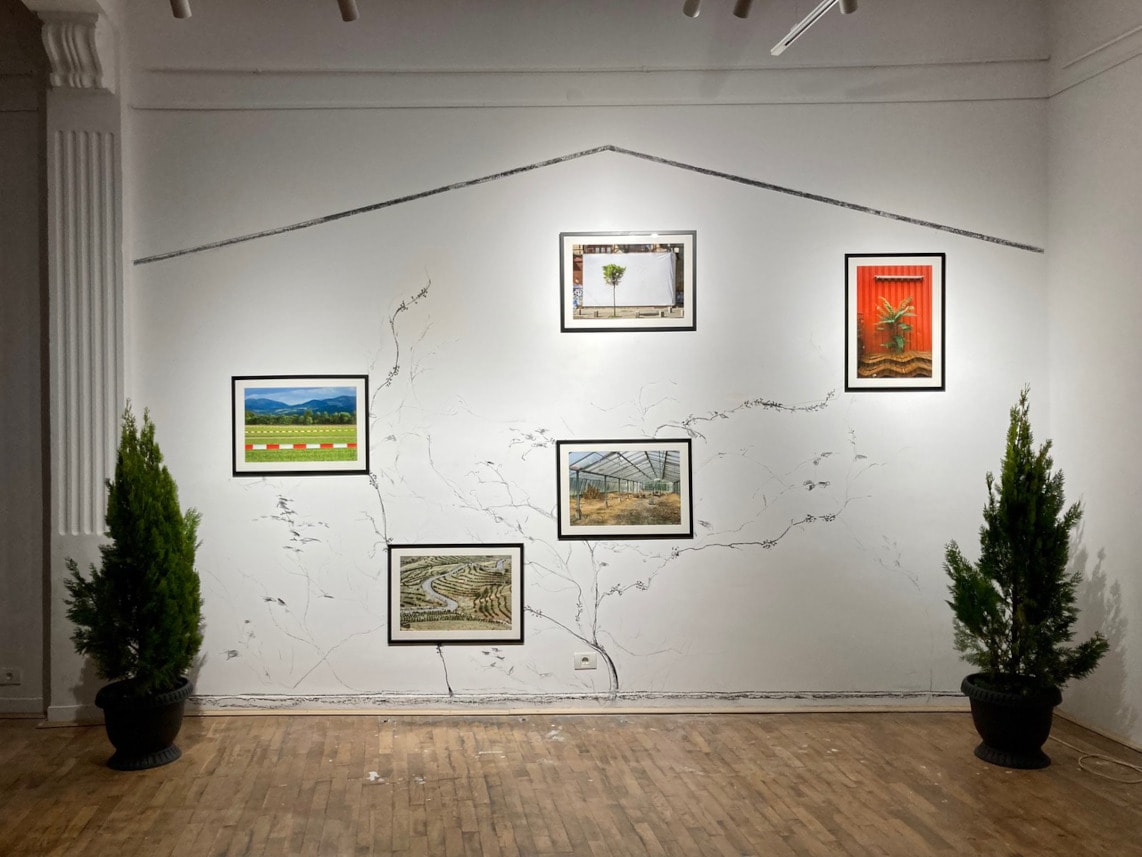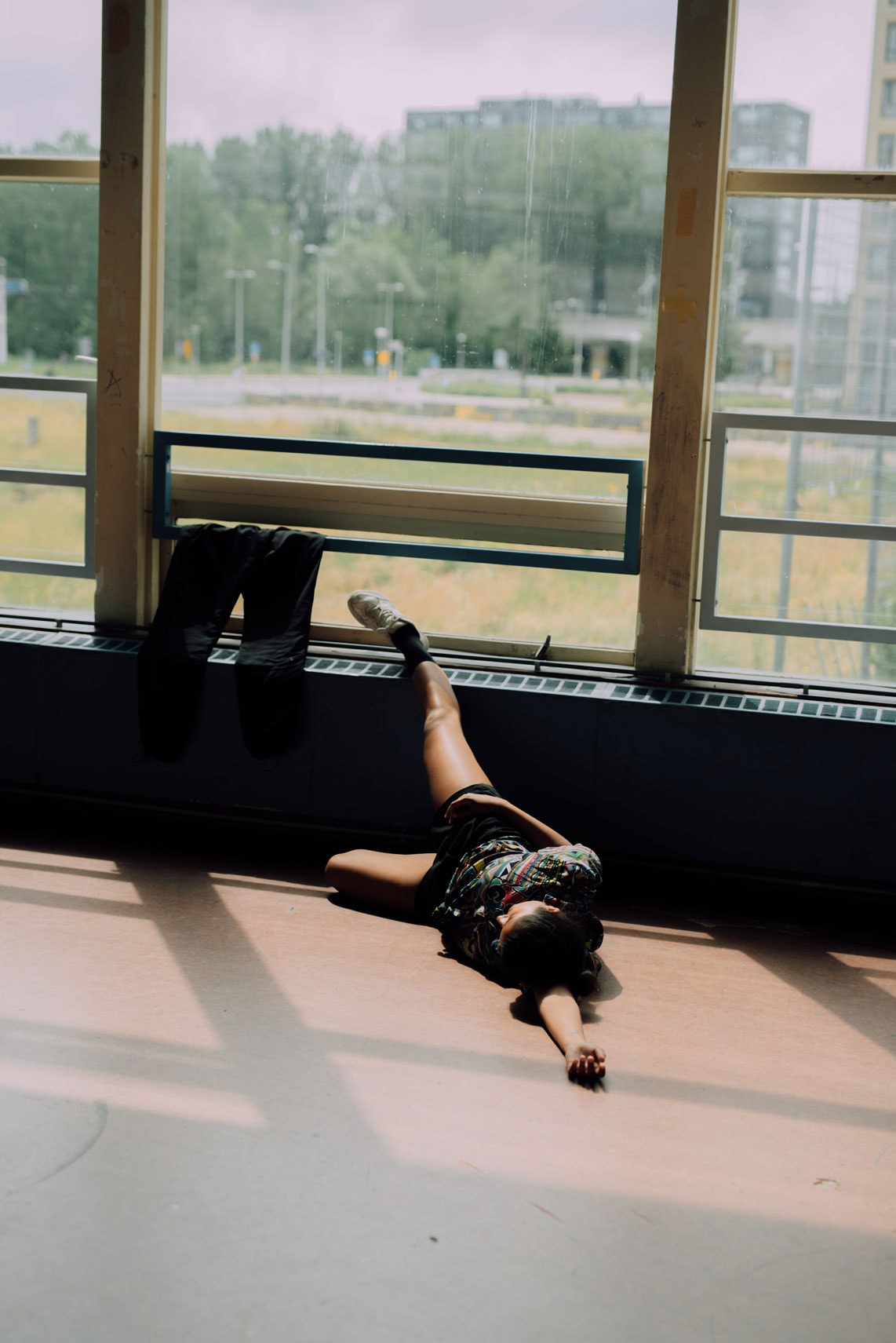The Opening Response titles a special series of interviews with artists, curators, writers, composers, mediators, and space-makers around the world. Dialoguing within and around the thematics which have rapidly emerged as a consequence of the Covid-19 pandemic, we offer within this frame a differentiated, honest, and beautiful bid at understanding. Weekly, distinct doors are opened into the lives of the contributors; into their experiences dawning on pleasure, productivity, metaphysics, and paradigmatic shifts. Hopefully, these conversations can act as way-posts and lead to furthered empathy, unison, and co-creation. The Opening Response meets the need for weaving the autonomy of a web of conscious communications in times of extreme perplexity.
Ben Olsen is a visual artist born in the USA based in Barcelona.
Josseline Black – In this phase of forced isolation, how are you articulating your response in a public discourse? What is your role in this larger conversation?
Ben Olsen – I’ve limited my direct engagement in public discourse to my most immediate social connections, or other settings where my voice doesn’t get lost in the noise. I have lost faith in larger movements for quick, decisive, and coherent action outside of a general application of pressure against power structures, and therefore I have shifted toward withdrawing from them and keep on dismantling the structures by uninstalling my life from dependency on the systems that no longer serve what I believe to be good.
Public discourse has taken a self-righteous turn through online platforms, where every voice is given legitimacy as much as it is given disbelief. The relevancy of truth, knowledge, and real expertise is eroding and throughout society our reliance on digital platforms.
This period of isolation has made it clear to me that I can’t rest on my laurels, so I’ve engaged with my immediate circle to take action, collaborate, and organise our lives for our mutual benefit, now that we see that the larger picture is ill-equipped to handle crises. The warnings of climate change, for example, are being ignored just as the warnings of this little virus have been.
JB – Has your artistic practice changed through isolation?
BO – Yes, there is an added appreciation for the tangible, a movement away from the digital and toward the physical aspects of it. There is a tenderness to the tactile, and in a state of isolation, tenderness is almost pornographic.
JB – How has your practical capacity to produce work been affected by the pandemic?
BO – At the beginning, I experienced a rush of excitement, actually, that I could use the lockdown to focus more deeply. However the reality was that I experienced an increase in anxiety, a sort of separation anxiety from the world, which made it very difficult to work through sometimes. I tried to fight through it, then to let myself go into it, to varying degrees of success.
JB – What is your approach to collaboration at the moment?
BO – Persistent, gentle, and forgiving.
JB – How would you define the present moment, metaphysically/literally/symbolically?
BO – In the airport about to meet your loved one who you haven’t seen for a while. You know you’ve both changed, you have butterflies in your stomach.
JB – Do you see the potential for renewed support for cultural production in spite of macro and micro-economies which are currently rapidly restructuring?
BO – Not only the potential but the necessity of it. One of the clarifying aspects of this crisis is to show that the old power structures must be changed. The reliance of the independent cultural producers on the institutional money train has to be rethought – either (in the weaker case) more dependence which would lead to short term gains and long term extinction, or (in the stronger case) less dependence, more internal reinforcement and self-sustainability within creative ecosystems. More grass, less astroturf. The need for cultural production of a society is like a pressure from within it – it does not address an external need for consumption as much as it does an internal need for expression. My view, perhaps optimistically, is that the restructuring of the economic reality we live in may lead to a greater pressure for artists to express themselves, and in order to make their statements that there will have to be a stronger network from within, between scenes that didn’t have much to do with each other before. There might be less money in the game, but there will be novelty that cannot go unutilized.
JB – E.M Cioran writes: “in major perplexities, try to live as history were done with and to react like a monster riddled by serenity”, how do you respond to this proposal?
BO – With violent approval.
JB – How is this time influencing your perception of alterity in general?
BO – It is confusing it. This is a moment that, on one hand, makes me feel connected to the entire world and yet isolated from every single individual in it. I feel the paralysis of being lost and anonymous at the same time as I feel my complete novelty to the world.
JB – How is your utilization of technology and virtuality evolving the paradigm within which you produce work?
BO – (Skipping this one, it hasn’t changed it enough to be worth mentioning.)
JB – What is your position on the relationship between catastrophe and solidarity?
BO – Catastrophe triggers fear, and there seem to be two main kinds of fear – one productive, the other self-destructive. The productive metabolism of fear leads to positive change through wisdom; the destructive fear destroys things by being reactionary and blind. One has to keep their eyes open and use their faculties to navigate it with grace.
JB – What is your utopia now?
BO – A large table outside, and I’m bringing a big meal to the people I love. They’re hungry.
